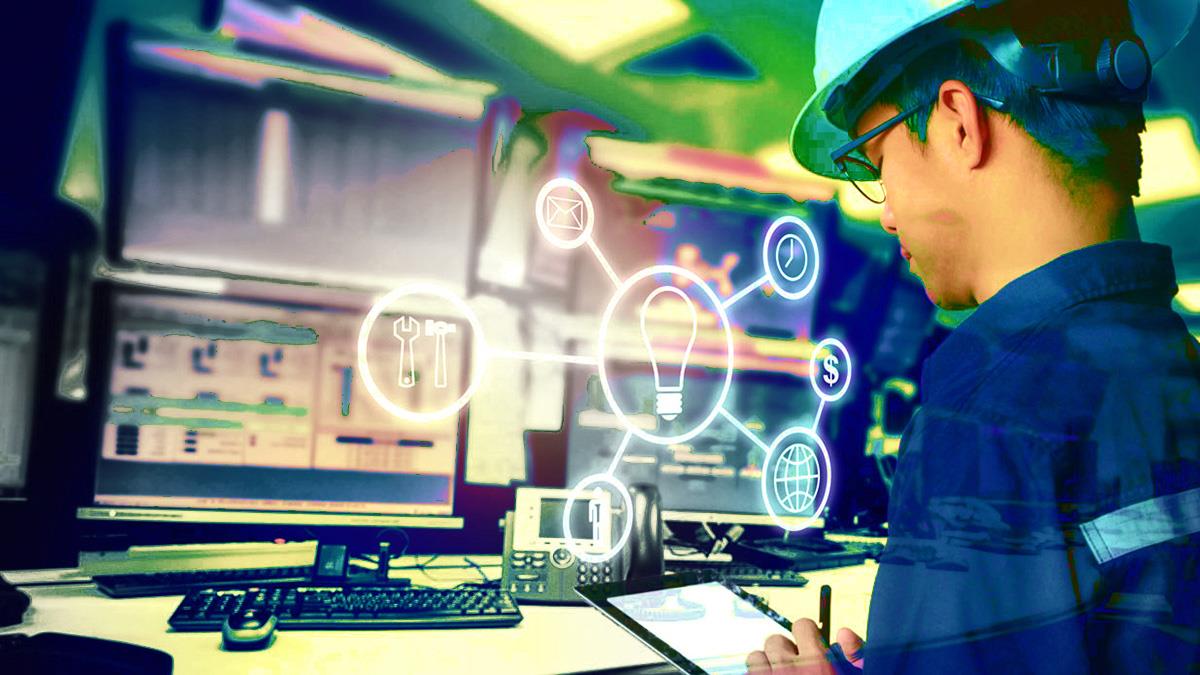In today’s 24/7 industrial landscape, investing in a power monitoring system enables you with a simple and effective way to automatically retrieve and evaluate power quality results. Common power and energy monitoring systems such as an electrical meter can help you appropriately assess your facilities’ energy consumption and provides real-time monitoring features.
While building automation software helps your run your facility, power monitoring systems such as electrical meter and SCADA systems extract operational and functional event report data. Such advanced equipment automatically raises a flag if any significant event that’s been performed within the facility has a risk potential.
So, suppose you have been wanting to invest in upgrading or implementing new power and energy monitoring systems. In that case, it is important that you first do your research and consult with a licensed service provider or approach a leading for their expert guidance. However, to help you get your basics clear, we have listed three essential equipment of the power and energy monitoring systems that you should know about.
- Electrical Meters
Energy or electrical meter is a critical power monitoring equipment that offers features such as Modbus communication, Ethernet protocol and provides a real-time comprehension and reading for connected devices, systems, or facilities.
Electrical meters are mainly available in four different types:
- Flat-rate electrical meters
- Interval electrical meters
- Smart electrical meters
- Solar electrical meters
Electrical meters can be utilized to accurately measure the facilities’ voltage, current, frequency, power consumption, and power factor readings. It allows the facility manager and handlers to understand the energy consumption patterns better and enable better practices and potentially save money on operational costs.
Some common benefits of electrical meters are:
- Eliminates processes of manual monthly meter readings.
- Real-time monitoring of electric systems.
- Facilitates the efficient use of power resources.
- Delivers responsive data and reduces blackouts.
- Allows dynamic pricing.
Programmable Logic Controller (PLC)
Programmable logic controller, commonly referred to by its abbreviation, PLC, is used for the purpose of controlling industrial processes by applying user logic. It effectively combines a microprocessor-based CPU, Power Supply, Input, Output, and Communication modules to offer enhanced results.
Some common benefits that PLC programs offers are:
- Enhanced adaptability in terms of ease of programming in the facility.
- Highly reliable and requires minimal maintenance.
- Communicates with other intelligent systems in the facility.
- Medium to low initial investment and related costs.
- Modular designs are available.
In the form of Ladder Diagram (LAD) or Functional Block Diagram (FBD), the logical program is downloaded or installed into the central processing unit of the system because it monitors all kinds of inputs and changes the outputs as per the logic of the user program. The user program here can include any of the following:
- Boolean logic
- Counting
- Timing
- Complicated math operations
- Communications with intelligent devices
Supervisory Control and Data Acquisition (SCADA)
SCADA is an advanced software that facilitates supervision and control for the purpose of collecting mechanical or industrial process-related data. Such advanced systems are used to monitor and control major physical processes that are involved in the industrial and infrastructure facilities on a large to hyper-scale and over long distances.
SCADA is a type of power and energy monitoring system utilized to visualize the current readings of the energy/electrical meters installed in the facility and collects historical data for using it in the future. Additionally, SCADA systems are also used for generating reports on necessary readings such as power consumption levels on an hourly, daily, weekly, and monthly format.
Some common benefits of SCADA systems are:
- Easy access to information for enabling better process traceability.
- Capability to store huge volumes of performance data to correct factor and quality issues.
- Creates a smart maintenance routine and decreases downtime.
- Makes the operatives’ jobs easier with graphical statistics in real-time.
Easy Cost Allocations For Complicated Electric Rate Arrangements
Most industrial, commercial, or residential facilities with electric rate arrangements need an ‘on-peak/off-peak’ usage time for evaluating the peak demand charges, power factor prices, or real-time pricing. However, not every automation solution has the capability to process and handle such complicated cost allocation calculations. This is where a power and energy monitoring solution comes to your rescue. It offers you a simple and effective way of realizing any inefficiencies present in the facility while also majorly contributes to efficient power management.
If you are ready to learn more about such power and energy monitoring solutions, get in touch with a reputable provider or consult with a licensed electrical professional to better understand your requirements and make an informed decision. Experts dealing with such smart and advanced systems possess the right knowledge to guide you towards picking a suitable system and, in turn, enable long-term returns and sustainability!

